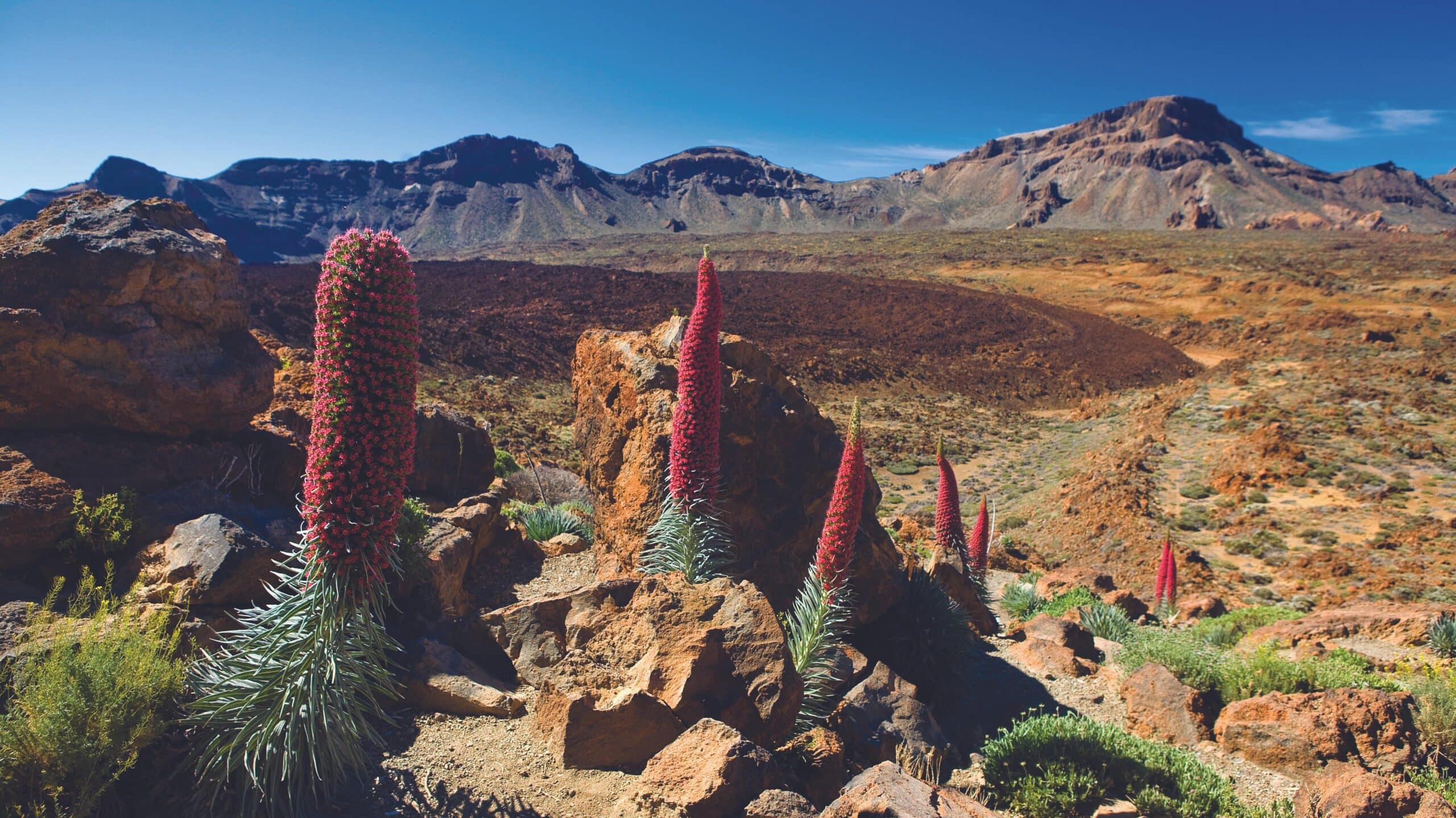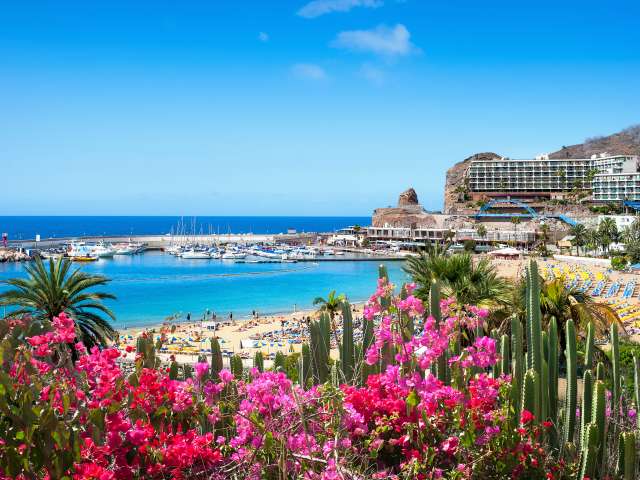The Canary Islands: A 2025 Guide to Unforgettable Vacations
Related Articles: The Canary Islands: A 2025 Guide to Unforgettable Vacations
Introduction
With great pleasure, we will explore the intriguing topic related to The Canary Islands: A 2025 Guide to Unforgettable Vacations. Let’s weave interesting information and offer fresh perspectives to the readers.
Table of Content
The Canary Islands: A 2025 Guide to Unforgettable Vacations

The Canary Islands, a volcanic archipelago nestled off the coast of northwest Africa, offer a unique blend of natural beauty, diverse landscapes, and year-round sunshine. These islands, known for their volcanic origins, possess a captivating allure that draws visitors seeking relaxation, adventure, and cultural immersion. As we approach 2025, the Canary Islands continue to evolve, offering an array of experiences designed to cater to every traveler’s desire.
A Tapestry of Landscapes:
The Canary Islands boast a remarkable diversity of landscapes, each island possessing its own unique character. Tenerife, the largest island, is home to Mount Teide, Spain’s highest peak, offering breathtaking views from its volcanic summit. Lanzarote, sculpted by volcanic eruptions, features surreal landscapes of black sand beaches, lava fields, and unique art installations. Gran Canaria, known as the "miniature continent," showcases a diverse range of terrains, from golden sand dunes to lush forests and rugged mountain ranges. Fuerteventura, the second-largest island, boasts pristine beaches, crystal-clear waters, and a windswept desert charm. La Palma, a haven for stargazers, features a pristine sky, ideal for observing celestial wonders. La Gomera, the smallest island, captivates with its lush forests, charming villages, and unique whistling language. El Hierro, the westernmost island, offers a tranquil escape with its volcanic landscapes, secluded coves, and abundant marine life.
Year-Round Sunshine and Mild Climate:
The Canary Islands enjoy a subtropical climate, characterized by year-round sunshine and mild temperatures. This makes them an ideal destination for escaping the winter chills or seeking a sun-drenched escape during the summer months. The average temperature hovers around 22°C (72°F), with minimal rainfall, ensuring a pleasant experience throughout the year.
A Culinary Journey:
The Canary Islands offer a delightful culinary experience, blending traditional Spanish flavors with influences from Africa, Latin America, and the indigenous Guanches. Fresh seafood, particularly grilled fish and octopus, are prominent features of the local cuisine. The islands are also known for their delicious potatoes, grown in volcanic soil, and their unique cheeses, crafted from local goat and sheep milk.
Activities and Attractions:
The Canary Islands cater to a wide range of interests, offering a plethora of activities and attractions to suit every traveler’s preference.
-
Nature and Adventure: Hiking trails wind through volcanic landscapes, offering breathtaking views and opportunities for exploration. Water sports enthusiasts can enjoy surfing, windsurfing, kitesurfing, diving, and snorkeling in the crystal-clear waters. For those seeking a more relaxed pace, scenic drives along coastal roads and boat trips to secluded coves provide unparalleled beauty.
-
Culture and History: The Canary Islands possess a rich cultural heritage, evident in their historical landmarks, traditional festivals, and vibrant art scene. Explore ancient cave paintings, visit historic churches and monasteries, and immerse yourself in the local culture through traditional music and dance performances.
-
Luxury and Relaxation: The Canary Islands are home to numerous luxurious resorts and spas, offering a tranquil escape from the everyday hustle and bustle. Indulge in rejuvenating treatments, relax by private pools, and savor gourmet dining experiences.
Accommodation Options:
The Canary Islands provide a wide range of accommodation options, catering to diverse budgets and preferences. From luxurious resorts with world-class amenities to charming guesthouses and self-catering apartments, travelers can find the perfect place to rest and recharge.
Getting There:
The Canary Islands are easily accessible by air, with numerous international airports serving the archipelago. Direct flights are available from major European cities, making it a convenient destination for travelers from around the globe.
FAQ
1. When is the best time to visit the Canary Islands?
The Canary Islands offer pleasant weather year-round. However, the best time to visit for warm, sunny weather and fewer crowds is during the spring (April-May) and autumn (September-October).
2. What currency is used in the Canary Islands?
The official currency in the Canary Islands is the Euro (€).
3. What language is spoken in the Canary Islands?
The official language is Spanish, but English is widely spoken, particularly in tourist areas.
4. Are the Canary Islands safe for tourists?
The Canary Islands are generally considered safe for tourists. However, as with any destination, it’s important to exercise common sense and be aware of your surroundings.
5. Are there any visa requirements for visiting the Canary Islands?
For citizens of most European Union countries, no visa is required for visits to the Canary Islands. However, visitors from other countries should check visa requirements before traveling.
6. What are the best things to do in the Canary Islands?
The Canary Islands offer a wide range of activities and attractions, from hiking and water sports to cultural explorations and relaxation. Some of the most popular activities include:
- Hiking Mount Teide (Tenerife)
- Visiting Timanfaya National Park (Lanzarote)
- Exploring the Maspalomas Dunes (Gran Canaria)
- Surfing in Fuerteventura
- Stargazing in La Palma
- Hiking in Garajonay National Park (La Gomera)
- Diving in El Hierro
7. What are the best beaches in the Canary Islands?
The Canary Islands are renowned for their beautiful beaches. Some of the most popular include:
- Playa de las Teresitas (Tenerife)
- Playa de Papagayo (Lanzarote)
- Playa de Maspalomas (Gran Canaria)
- Playa de Sotavento (Fuerteventura)
- Playa de Los Cancajos (La Palma)
- Playa de Valle Gran Rey (La Gomera)
- Playa de Tacorón (El Hierro)
8. What are the best places to stay in the Canary Islands?
The Canary Islands offer a wide range of accommodation options, from luxurious resorts to charming guesthouses. Some of the most popular destinations for accommodation include:
- Puerto de la Cruz (Tenerife)
- Playa Blanca (Lanzarote)
- Maspalomas (Gran Canaria)
- Corralejo (Fuerteventura)
- Santa Cruz de La Palma (La Palma)
- Valle Gran Rey (La Gomera)
- Valverde (El Hierro)
Tips for Planning Your Trip:
- Book flights and accommodation in advance, especially during peak season.
- Consider purchasing a Canary Islands Pass for discounted entry to attractions.
- Pack comfortable shoes for walking and hiking.
- Bring sunscreen, sunglasses, and a hat to protect yourself from the sun.
- Learn a few basic Spanish phrases to enhance your interactions with locals.
- Respect local customs and traditions.
Conclusion:
The Canary Islands offer an unforgettable vacation experience, combining natural beauty, diverse landscapes, and year-round sunshine. Whether you seek adventure, relaxation, cultural immersion, or simply a sun-drenched escape, these islands provide something for everyone. As we approach 2025, the Canary Islands continue to evolve, offering a blend of traditional charm and modern amenities. Plan your trip today and discover the captivating allure of this volcanic archipelago.








Closure
Thus, we hope this article has provided valuable insights into The Canary Islands: A 2025 Guide to Unforgettable Vacations. We appreciate your attention to our article. See you in our next article!